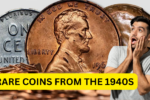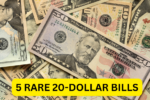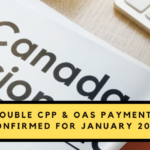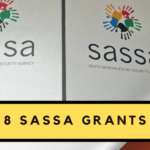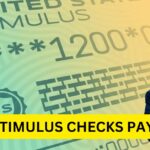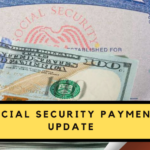Have you ever wondered if the loose change lying in your drawer might be worth a fortune? Over the years, some U.S. coins have become incredibly valuable, fetching thousands or even millions at auctions. From rare minting errors to limited-edition coins, these hidden treasures may be closer than you think.
In the Published article by Yahoo Finance, Here’s a guide to the most valuable coins minted between the 1930s and 1970s and what makes them so special.
Why Are Some Coins So Valuable?
The value of a coin depends on several factors:
- Rarity: Coins minted in limited numbers or featuring unique errors often become collector’s items.
- Condition: Coins in pristine, “mint” condition can command much higher prices.
- Metal Content: Coins made of precious metals like gold or silver may be worth more than their face value.
For instance, the 1933 Gold Double Eagle sold for a record $18.9 million in 2021, partly because only 13 coins from its batch survived.
The Most Valuable Coins by Decade
1930s
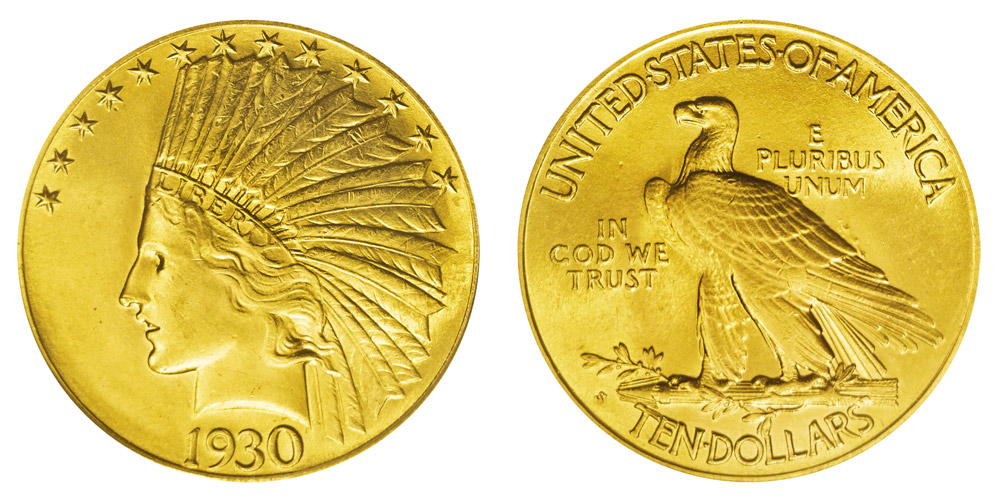
- 1933 Gold Double Eagle: Auctioned for $18,872,250 in 2021 due to its extreme rarity.
- 1932-D Washington Quarter: Sold for $143,750 in 2008.
- 1937-D Three-Legged Buffalo Nickel: Valued at $99,875 during a 2021 auction.
1940s

- 1943 Lincoln Wheat Penny: A rare steel penny sold for $435,000.
- 1940-D Jefferson Nickel: Fetching $21,737 in mint condition.
- 1944 Steel Cent: Known for its rarity and auctioned for over $100,000.
1950s
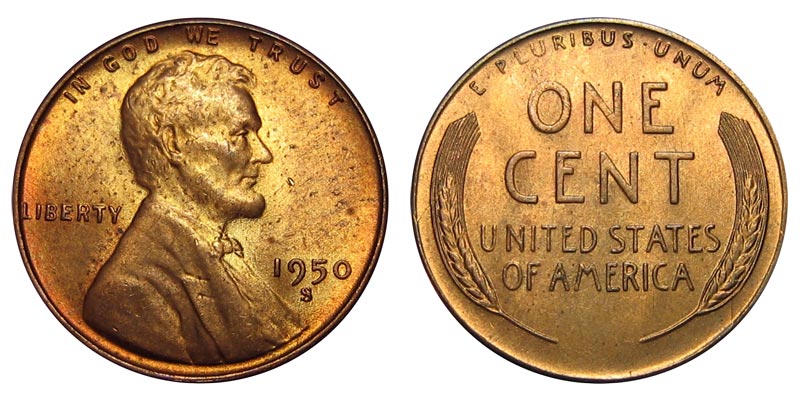
- 1950 Proof Half Dollars: Pristine pieces can sell for thousands.
- 1950s Circulated Silver Coins: Quarters, dimes, and half dollars often exceed $10 due to their silver content.
- 1955 Double Die Penny: A popular error coin valued at $1,000 or more, depending on condition.
1960s
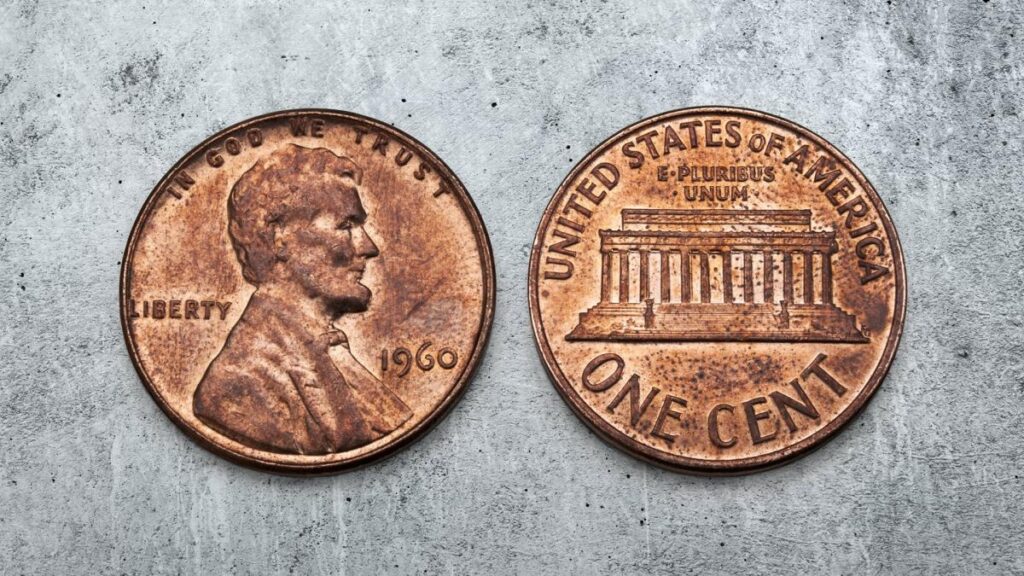
- 1963-D Silver Washington Quarter: Auctioned for $24,000 in 2022.
- 1965 Type 2 Clad Quarter: Sold for $12,650 in mint condition.
- 1960 Ben Franklin Half Dollar: Valued between $11 and $300 depending on its state.
How To Identify Valuable Coins
Here are some tips for identifying coins that might be worth more than their face value:
- Look for Errors: Coins with misprints, doubled images, or missing details often become collector favorites.
- Check the Mint Mark: Coins from certain mints, like the Denver (D) or San Francisco (S) mints, can be rarer.
- Inspect the Condition: Coins without scratches, tarnish, or wear are significantly more valuable.
Where To Sell or Authenticate Your Coins
If you think you have a valuable coin, consider getting it authenticated by the Professional Coin Grading Service (PCGS) or another trusted grading company. These services certify the coin’s authenticity and grade its condition, giving you a better idea of its market value.
Final Thoughts
Coin collecting isn’t just a hobby—it can also be a lucrative venture. Keep an eye out for rare coins when sorting through change, as you might stumble upon a small fortune. If you’re serious about collecting, investing in a good magnifying glass and a coin guide can help you identify hidden gems.
This article has been carefully fact-checked by our editorial team to ensure accuracy and eliminate any misleading information. We are committed to maintaining the highest standards of integrity in our content.
Premlata is a seasoned finance writer with a keen eye for unraveling complex global financial systems. From government benefits to energy rebates and recruitment trends, she empowers readers with actionable insights and clarity. When she’s not crafting impactful articles, you can find her sharing her expertise on LinkedIn or connecting via email at biswaspremlata@gmail.com.

